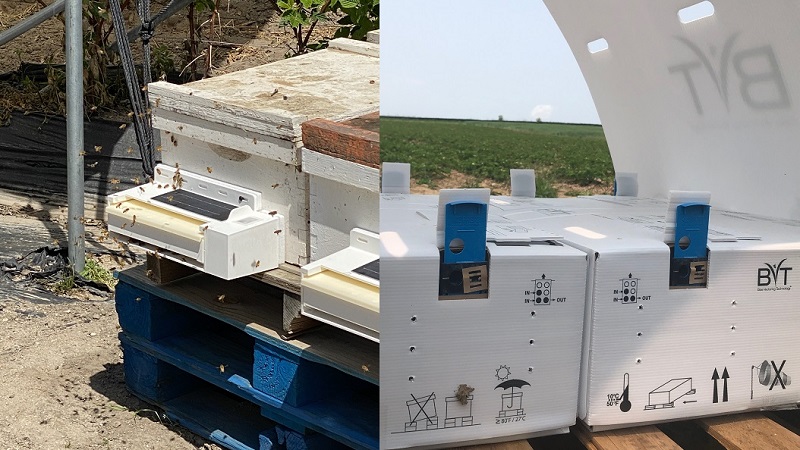5 Keys for Beginning Growers Seeking to Build Credit
For beginning growers, especially those without a family legacy in the business, it can sometimes be difficult knowing where to start in acquiring loans for items like equipment and land. But, there are agricultural lending programs available to support the next generation of growers.
You can better your chances by doing your homework in advance when seeking credit. Regina Thomas, a Senior Vice President, Farm Credit Services of Central Florida, says coming to the lender prepared is an important first step.
“Considering loans for anyone, you need to have a plan. And the more experience you have in farming helps,” she says. “You should come with three to five years of tax returns and a good balance sheet of what you owe, who you owe it to, and what your payments and interest rates are on all those notes.”
That information helps establish the first of the “5 Cs” of credit; character, she says. These Cs are important because most all agricultural lending institutions take them into account. Let’s take a closer look.
- Character
Not every loan is going to have a business plan. But even with personal loans, you should come to the meeting and be able to answer the question, “Why do you want to make this purchase?” Being well prepared for your meeting shows integrity, both on a personal and professional level. “Character also includes things like whether or not you went to college, if you have farming experience, and what your credit score and balance sheets look like,” Thomas adds. - Capacity
One thing you can’t afford to forget about is your capacity to repay the loan. Think about it this way — why are you in business to begin with? Lenders don’t want a fancy response; just be honest. If you’re in it to make money, say so. The same applies for being in business just because you like it — it lets the lender know you aren’t expecting a huge financial return (or a return at all). This will be largely explained by your projected cash flow, projected income, and expense statement. - Capital
In order to know how this loan will look in a portfolio, you need to also think about the net worth of the business — total assets minus total liabilities. It’s also helpful to note what other resources are available to you. These could come in the form of off-farm income, outside investors, government loans, and guarantees.
“You definitely will want to have some liquidity on your balance sheets — things like hay in the barn being held for sale,” Thomas says. “Assets you have that could turn into cash in the next 12 months are very important.” - Collateral
Remember, a loan is basically based off a promise. Part of this promise comes in the form of collateral and your ability to pledge your assets to the security of the loan. For example, if you use a piece of equipment as collateral, the life of that piece of equipment must equal the length of the loan. - Conditions
Something that you also should factor into your business plan is a market analysis. In a perfect world, risks don’t exist, but the ag industry has plenty of risks. Analyze the economic outlook of your specific crop and what patterns you’ve seen in the past few years. This shows your understanding of a fluctuating economy and will help you plan for good and bad times.
Now that you know what loan institutions are looking for, you can make your plan to secure your loan and start growing your business.
Some information used in this story was sourced from Farm Credit Mid-Atlantic.










